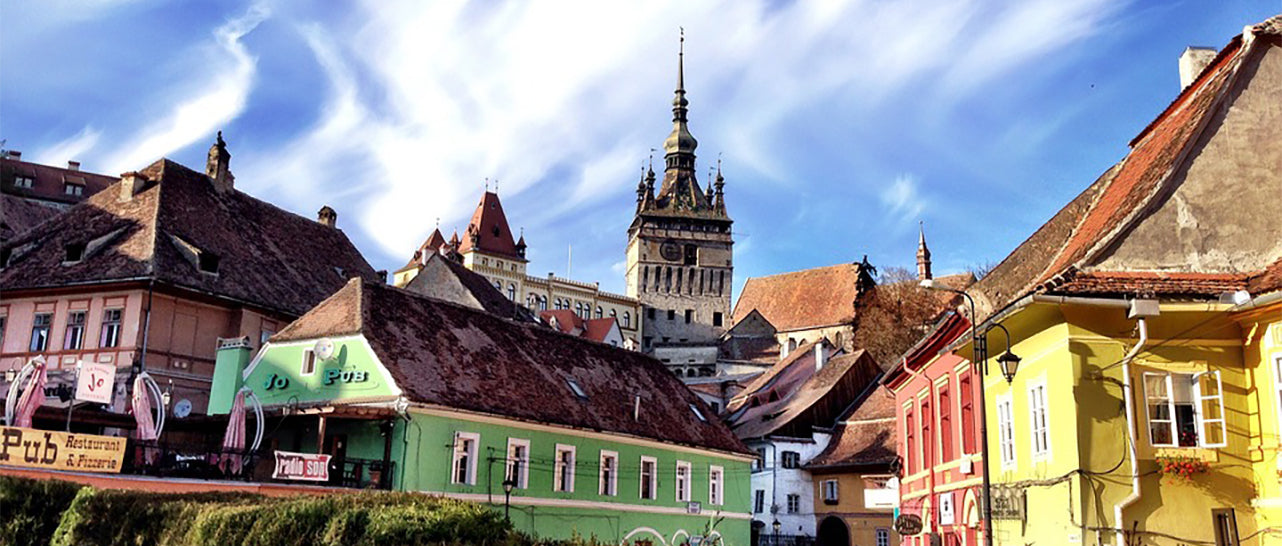
Romania may have inspired gruesome creatures from vampires to werewolves, but what will amaze you more is the generosity of its people who live in a myriad of colours and flavours.
ROMANIAN CULTURE

Romania is a very unique culture due to its geography and historical evolution, having a semi-presidential, representative democratic republic where the prime minister is the head of government and the president is the head of state. There were a multitude of influences, from the Slavic people and the Greeks in the Middle Ages to France in the late 18th century. As such, this country is an abundance of myths, legends and beliefs. One of the most striking things about their culture is the power of folklore, that has survived due to the rural character of Romanian communities. These elements become sources of inspiration for patterns and designs in crafts. There is a multitude of customs, tales and poems involving kings, princes, princesses and witches. Vampires and werewolves were originally Romanian myths that eventually spread worldwide.
Indeed, Vlad the Impaler was a gruesome character from the 15th century who was best known for the way he liked to dispense his enemies. Romanian culture has therefore, had a wide impact on myths worldwide.
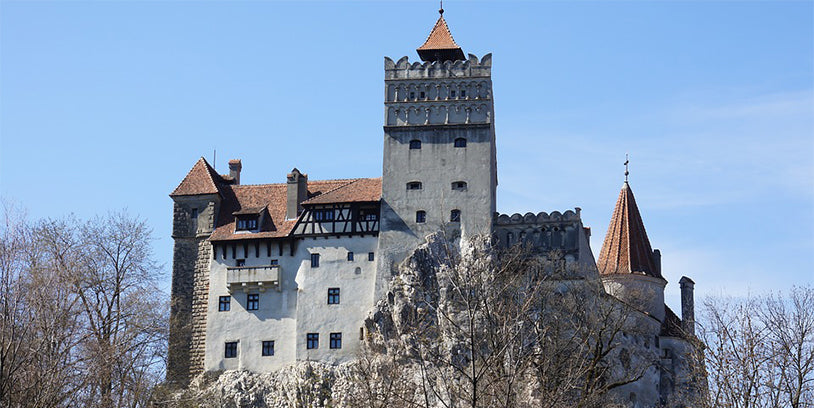
HANDMADE IN ROMANIA
THE ROMANIAN CRAFTS
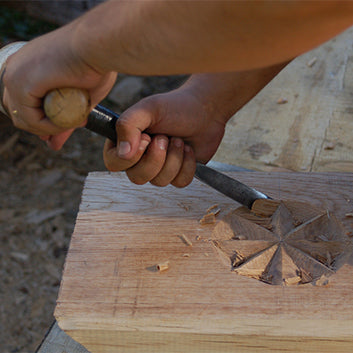
Romanians are very expressive and creative people, and these characteristics affected their use of crafts. The main construction material used to be wood. Churches and homes would be made of wood, with ornamented objects to adorn the walls of these buildings. Clothing was made with linen – combined with wool during the winter – and it would be embroidered with traditional patterns specific to each region. These patterns would draw inspiration from Romanian folklore and myths. Today, Romania is most known for painted eggs and rugs. Painted eggs are particularly prominent during Easter and preparing these eggs is a big part of the Easter ritual in Romania. The intricate patterns painted on the eggs were a secret language only known by the local community.
There is a lot of diversity in terms of embroidery and patterns from region to region. Rugs for Oltenia reflect nature, with flowers, trees and birds abound. Those from Maramures are very geometrical in shape and those of Moldavia often depict a tree of life.
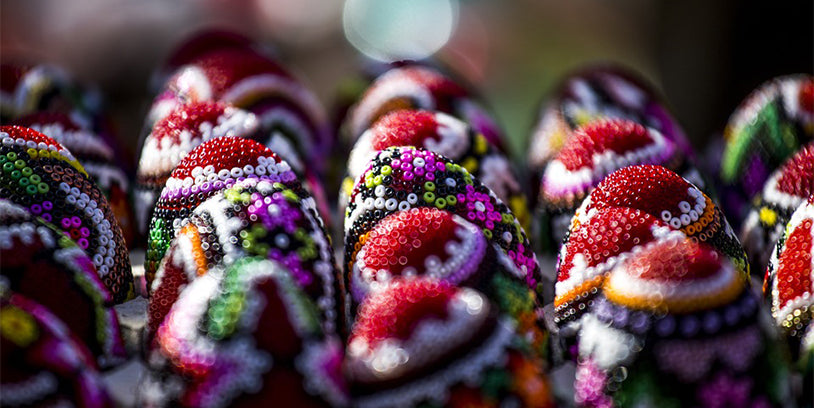
THE ROMANIAN PEOPLE
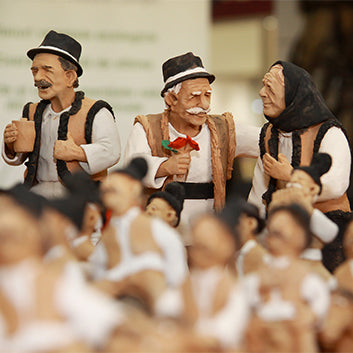
Romania was part of the Byzantine empire for over a millennium. As such, the most common faith in Romania is Eastern Orthodox. The people of Romania are very pious and religious. More than 80% of the population in Romania identifies with this faith. Beyond that, they are viewed as one of the friendliest and most hospitable people on Earth. Romanians have played and contributed a major role in the advancement of the arts, culture, sciences, technology and engineering. One of them is Nadia Comaneci – the first gymnast to ever score a perfect 10 at an Olympic ever. She is a living testament to the strong work ethic and the will to succeed embedded in Romanian culture.
This strong work ethic is also present in artisans and craftsmen, who often regroup to form small communities. They share their techniques and ideas with each other and collaborate on beautiful new pieces.

DISCOVER OUR BLOGZINE
Hours of education
have been given back to the ABURY communities.
have been given back to the ABURY communities.
To pay fair salaries is a start, but not enough!
Every time you buy an ABURY product,
you are transforming its hours of production in hours of Education
to the Communities where the product was made.
Learn more about the ABURY Foundation and our projects
for social development in the ABURY communities.

